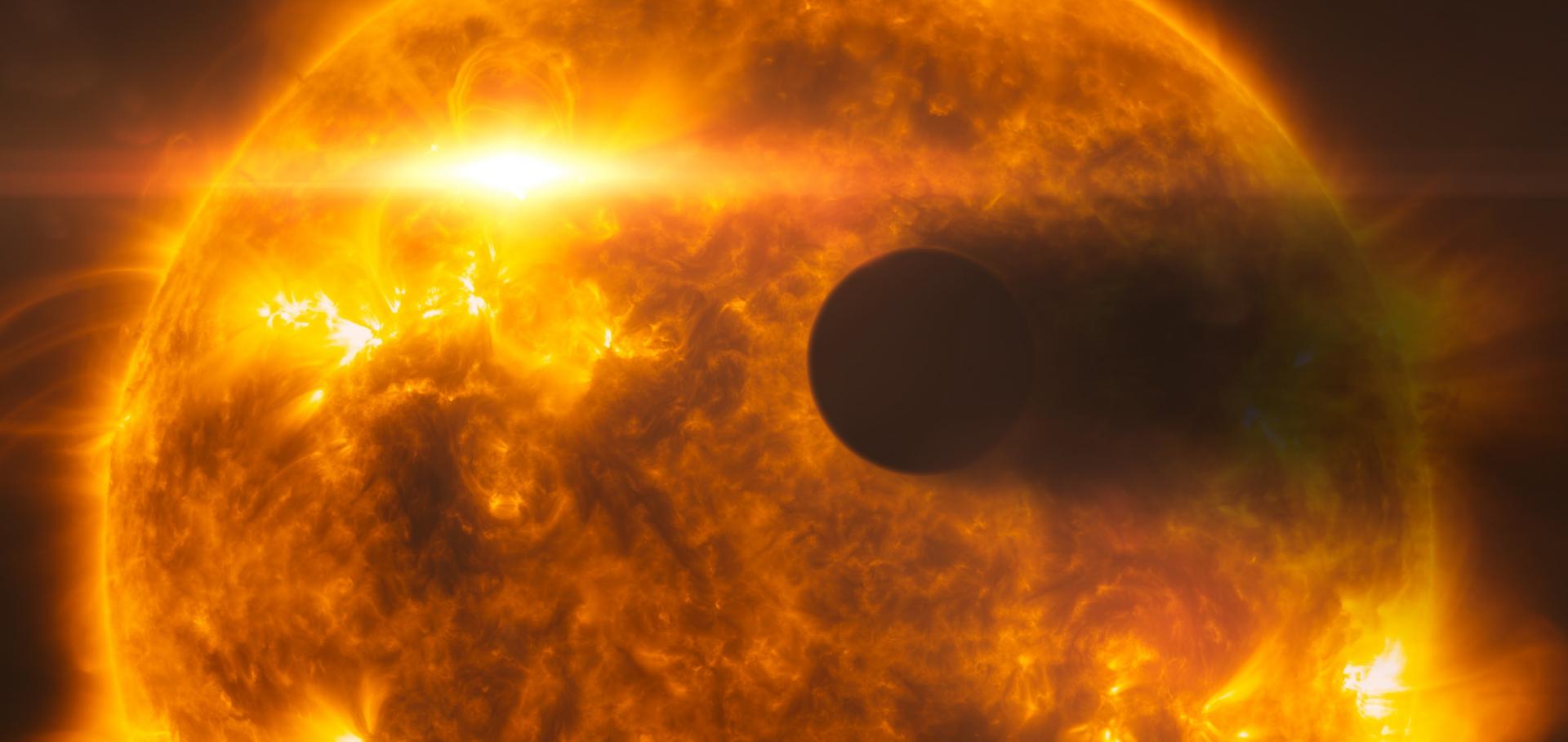Transiting exoplanets from the CoRoT space mission: IX. CoRoT-6b: A transiting hot Jupiter planet in an 8.9d orbit around a low-metallicity star
Astronomy and Astrophysics 512:3 (2010)
Abstract:
The CoRoT satellite exoplanetary team announces its sixth transiting planet in this paper. We describe and discuss the satellite observations as well as the complementary ground-based observations-photometric and spectroscopic- carried out to assess the planetary nature of the object and determine its specific physical parameters. The discovery reported here is a "hot Jupiter" planet in an 8.9d orbit, 18 stellar radii, or 0.08 AU, away from its primary star, which is a solar-type star (F9V) with an estimated age of 3.0 Gyr. The planet mass is close to 3 times that of Jupiter. The star has a metallicity of 0.2 dex lower than the Sun, and a relatively high 7Li abundance. While the light curve indicates a much higher level of activity than, e.g., the Sun, there is no sign of activity spectroscopically in e.g., the [Ca ii] H&K lines. © ESO, 2010.A transiting giant planet with a temperature between 250 K and 430 K.
Nature 464:7287 (2010) 384-387
Abstract:
Of the over 400 known exoplanets, there are about 70 planets that transit their central star, a situation that permits the derivation of their basic parameters and facilitates investigations of their atmospheres. Some short-period planets, including the first terrestrial exoplanet (CoRoT-7b), have been discovered using a space mission designed to find smaller and more distant planets than can be seen from the ground. Here we report transit observations of CoRoT-9b, which orbits with a period of 95.274 days on a low eccentricity of 0.11 +/- 0.04 around a solar-like star. Its periastron distance of 0.36 astronomical units is by far the largest of all transiting planets, yielding a 'temperate' photospheric temperature estimated to be between 250 and 430 K. Unlike previously known transiting planets, the present size of CoRoT-9b should not have been affected by tidal heat dissipation processes. Indeed, the planet is found to be well described by standard evolution models with an inferred interior composition consistent with that of Jupiter and Saturn.The SARS algorithm: detrending CoRoT light curves with Sysrem using simultaneous external parameters
(2010)
Ground-based detection of thermal emission from the exoplanet WASP-19b
(2010)
The spin-orbit angle of the transiting hot Jupiter CoRoT-1b
Monthly Notices of the Royal Astronomical Society: Letters 402:1 (2010)


